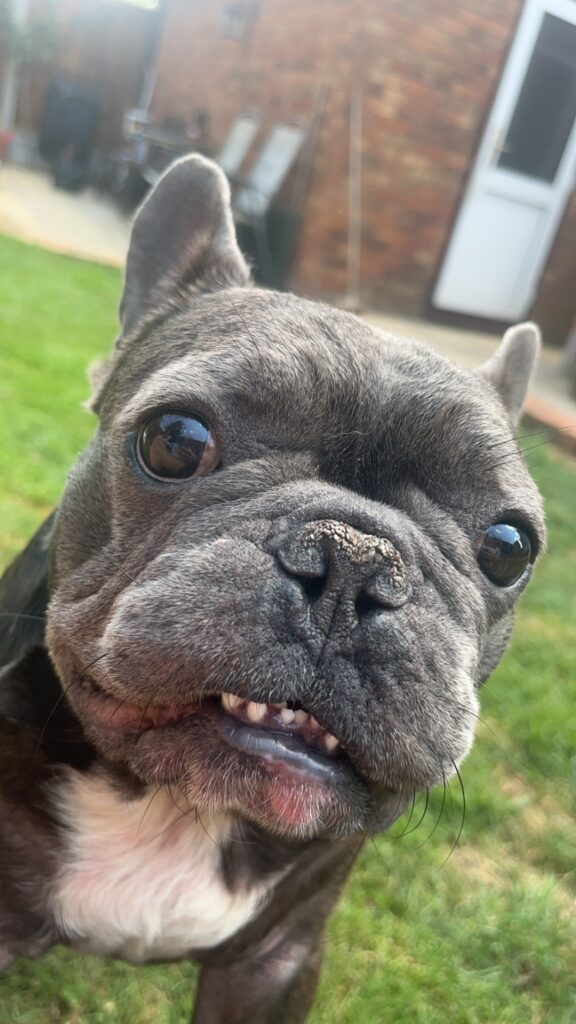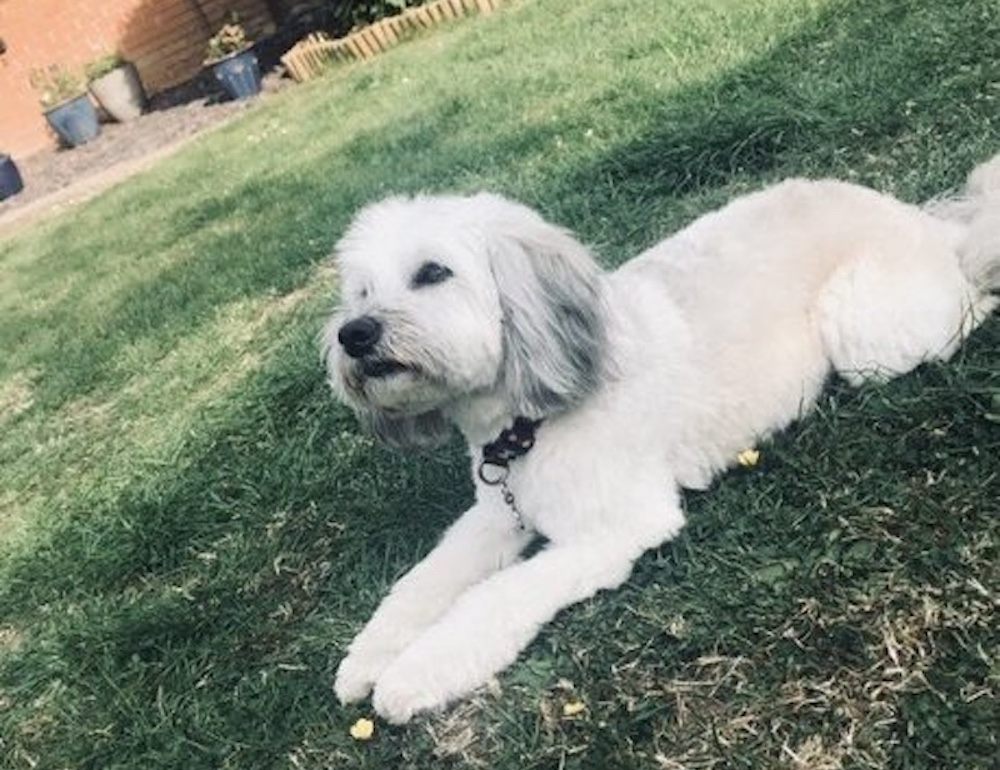How to keep your dog cool this summer
Yesterday, Britain saw its hottest day of the year with temperatures soaring to 29 degrees. But how are our beloved pets coping in this spring heat?
Whether you’re in your own home, in the garden or going for a walk, it’s important to prioritise your dog’s health in the heat, as it can be extremely uncomfortable for them.
The main priority is to be wary of heatstroke. Dogs are more likely to develop heatstroke than humans, however the implications of a dog catching heatstroke can be fatal, but some dogs are more at risk than others.
Research found by ‘The Kennel Club’, found that these are the dogs that have a higher chance of developing heat stroke:
- Overweight
- Flat-faced breeds
- Dogs that are energetic
- Older dogs
- Bigger breeds over 50kg
- Have longer or thicker fur
- Dogs with health issues such as heart or respiratory issues

Speaking to expert dog handler at Basildon Dogs Trust, Kiera Jones:
“At Dogs Trust obviously due to the breed and the temperature on the day, there are different things we can do on the day to keep the dogs cold throughout the time.
“For example, if it’s hot during the day and we don’t feel like it’s safe to be walking them out in the sun, we can do different enrichments for them in their kennel or shaded areas. This could be things such as frozen dog friendly ice pops, and frozen fruit in moderate portions and even cooling mats. We also need to remember to have water in every space they go in as this is important to keep them hydrated.”
The British Veterinary Association concluded that 1 in 7 dogs treated by vets die from heatstroke, so it is essential that people are taking extra precautions.
Lou Jones, a dog trainer from Canterbury spoke to me about the symptoms and signs that dog owners should be wary of if they have suspected heat stroke.
“Firstly, if anyone is concerned in any way if their dog may have heatstroke, get them to a vet straight away. Early signs can be heavy panting, drooling, discoloured gums, sickness, diarrhoea, weakness or confusion and glassy eyes.
“The main thing to be aware of is that heatstroke can happen in temperatures cooler than we think.
“It’s so important that owners stick to walking dogs early in the morning and evening to avoid the hottest parts of the day.”
